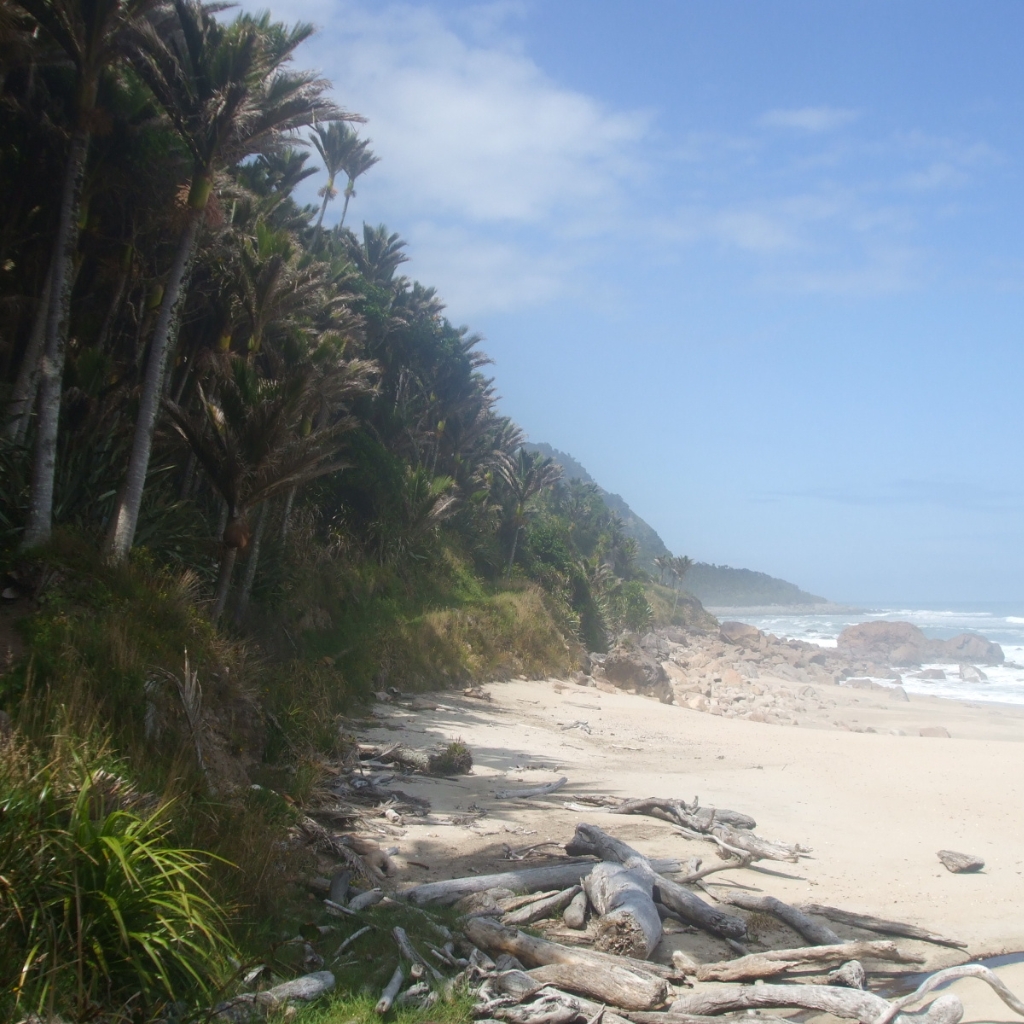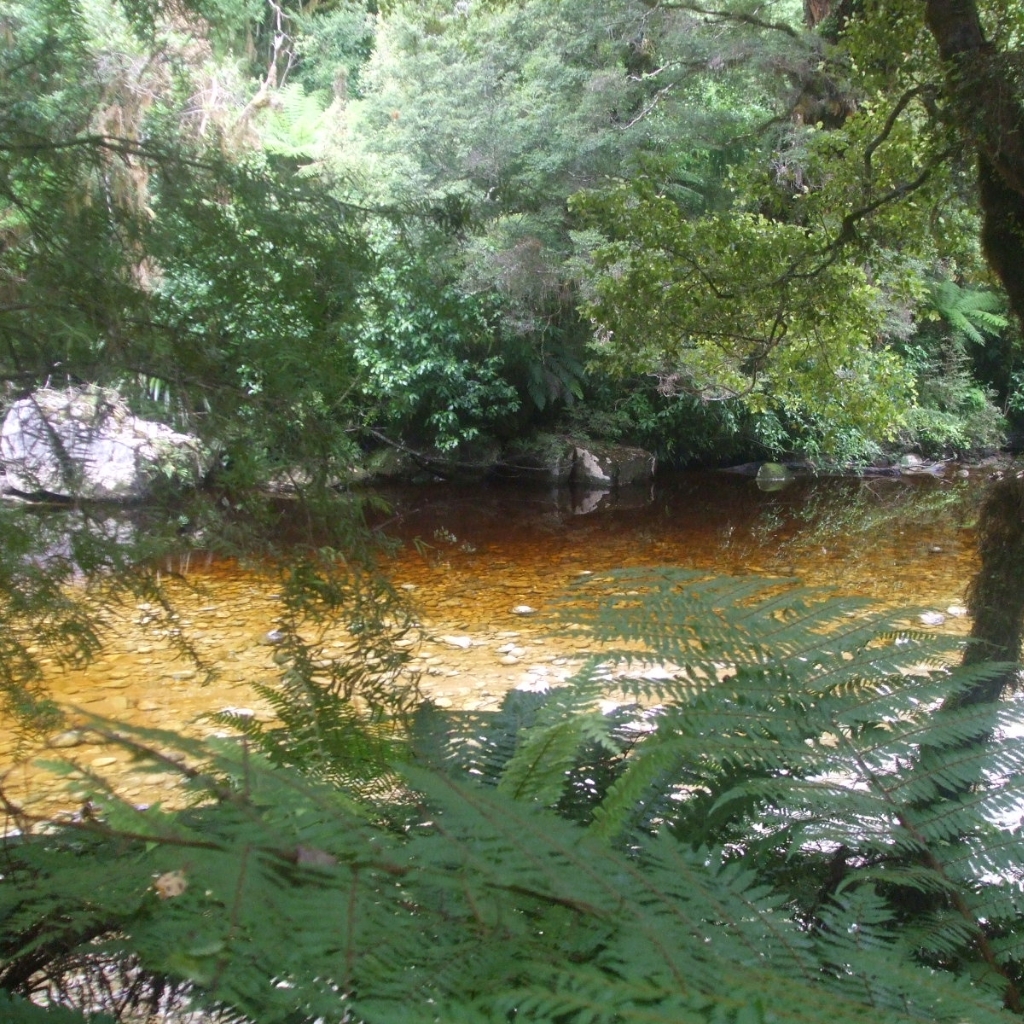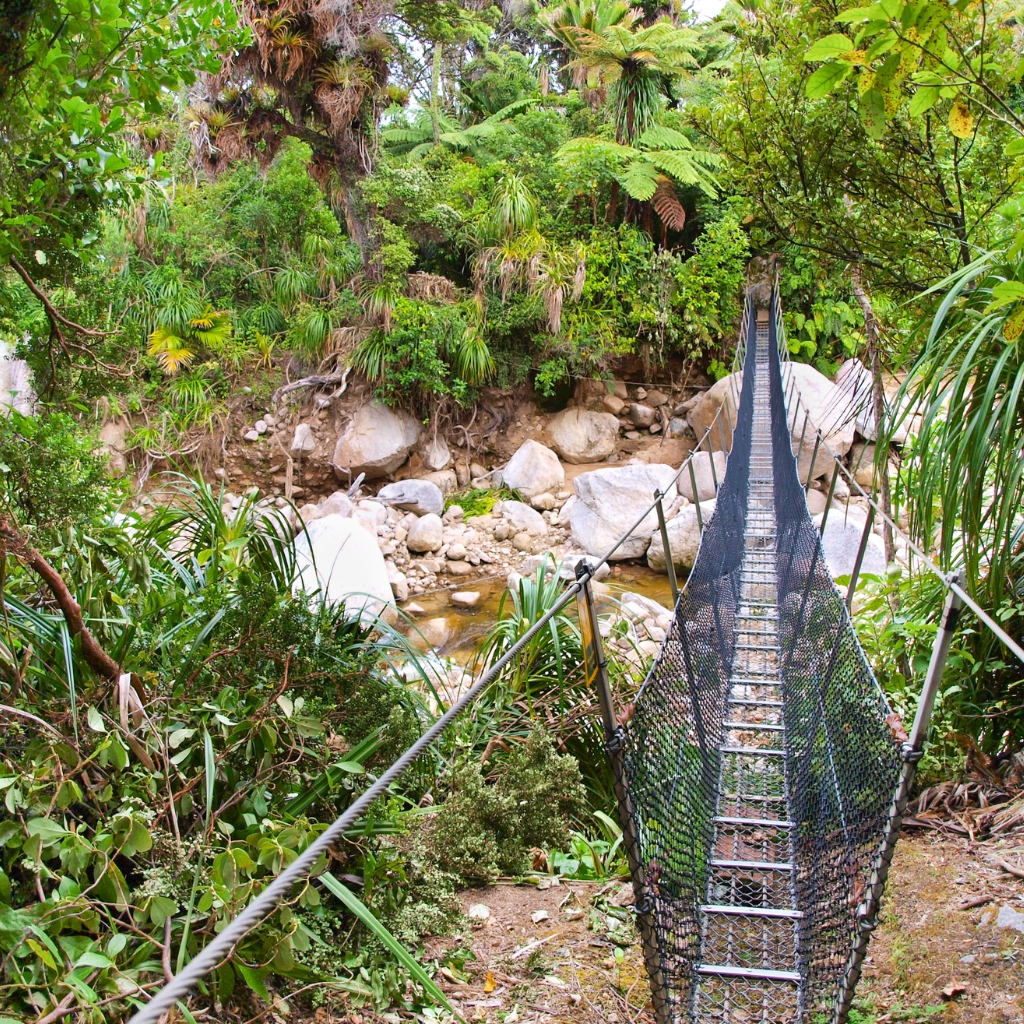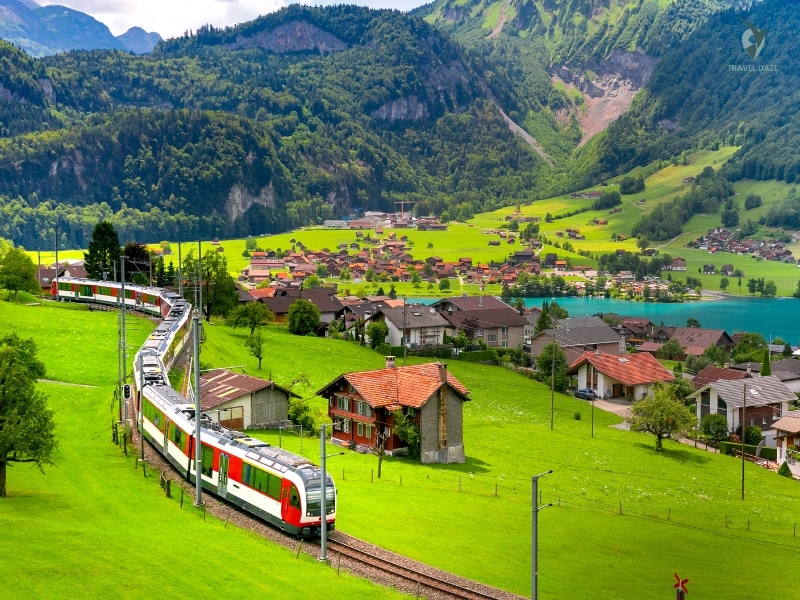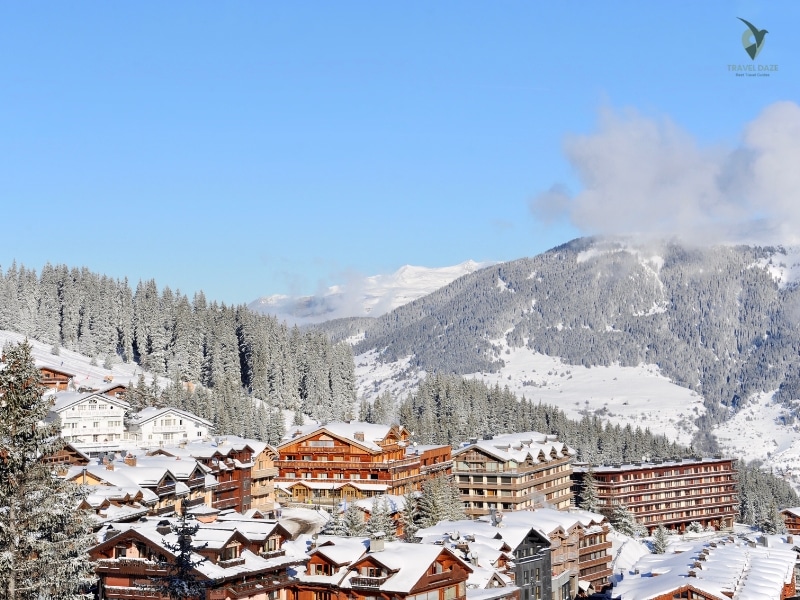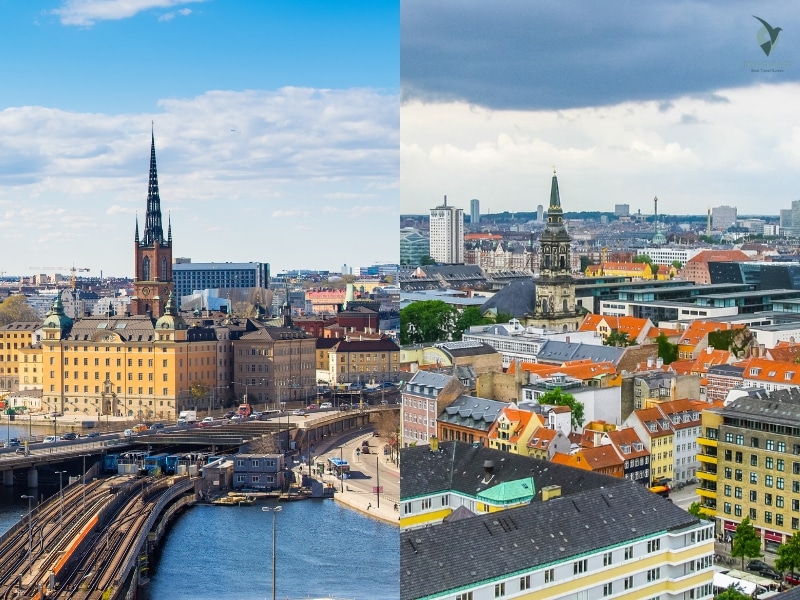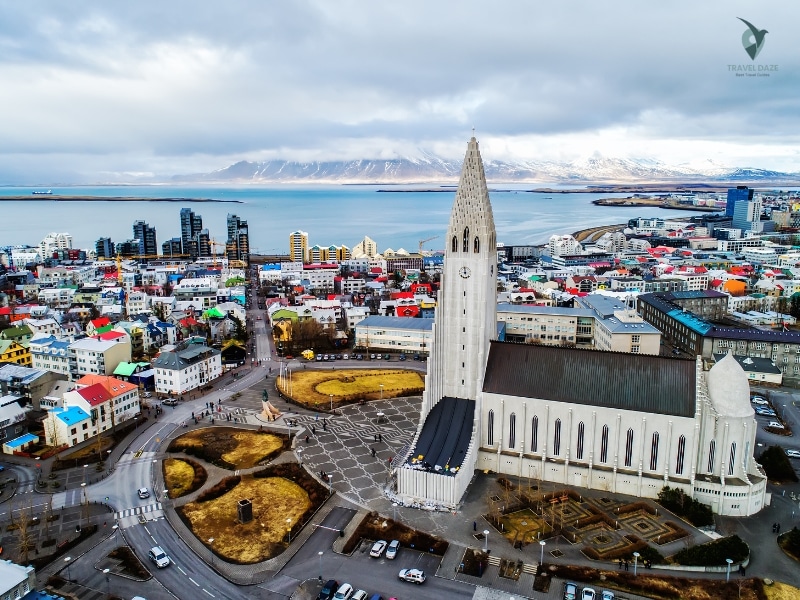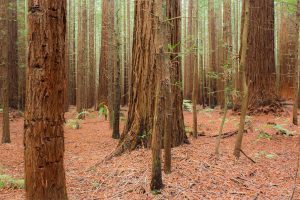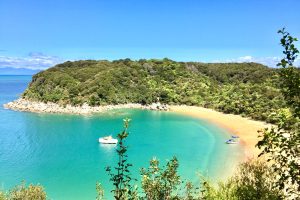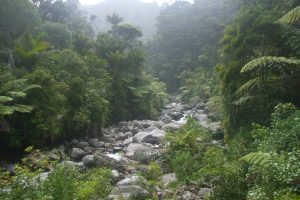When I first heard whispers of Karamea and the enchanting Oparara Basin, it was like uncovering a map to a treasure trove hidden in the edge of New Zealand’s wilderness.
Table of Contents
ToggleMy curiosity piqued, and I went on one of my best adventures. Traveling here is a trip through time and space—to an ancient world of rainforests and limestone arches produced by nature. This place is not merely a destination; it’s an escape into Earth’s primal splendor.
Every step I took through Karamea felt like a secret between old friends. The air smelled of unspoiled greenery, and I felt a rush of discovery in my soul. Right here in the Oparara Basin, in which moody rivers carve their way through honeycomb rock formations and echo with legends of Maori ancestors, I realized something profound: some corners of our planet are still steeped in mystique and untouched by time’s relentless march.
It wasn’t just about witnessing spectacle; it was about belonging to something bigger than myself—something that was rooted in geology and history as well.
Are you ready to dig up this gem for yourself now? Let me guide you through a labyrinth where shadows play amongst fossilized remains and reflective waters mirror tales as old as the stars above us.
Key Points You Need to Know.
1. I was absolutely enchanted by Karamea, a remote town at the northern end of New Zealand’s West Coast. The location means it is untouched by mass tourism—a fantastic place to stay if you want peace and quiet—and a genuine Kiwi experience.
2. Some of New Zealand’s finest limestone arches are found in the Oparara Basin. The natural architecture here is simply incredible; the Oparara Arch and Moria Gate Arch are two examples of exactly how the natural world is able to create geological wonders.
3. I learned the region is very diverse in terms of ecology. I saw several native birds while hiking through the rainforests, such as the great-spotted kiwi. It is a haven for nature enthusiasts and those keen on New Zealand flora and fauna.
4. Engaging with local stories actually deepened my visit. I found out about Maori legends about this land. These stories are part of New Zealand culture and an element of Karamea identity.
5. Adventure activities abound: caving, kayaking, historical sites including the Fenian Track, or even a stroll along one of the many scenic walks, including the Heaphy Track. Each activity is a different way to see Karamea and Oparara Basin, so there’s something for each kind of adventurer.
Oparara Basin: A Unique Landscape.
I first saw the limestone rock formations in the Oparara Basin sculpted into the landscape. Among these ancient structures, I walked beneath great archways like the Oparara Arch, humbled but mesmerized. I remember the earthy scent of the forest and also the cool dampness the shadows of those arches provided me with.
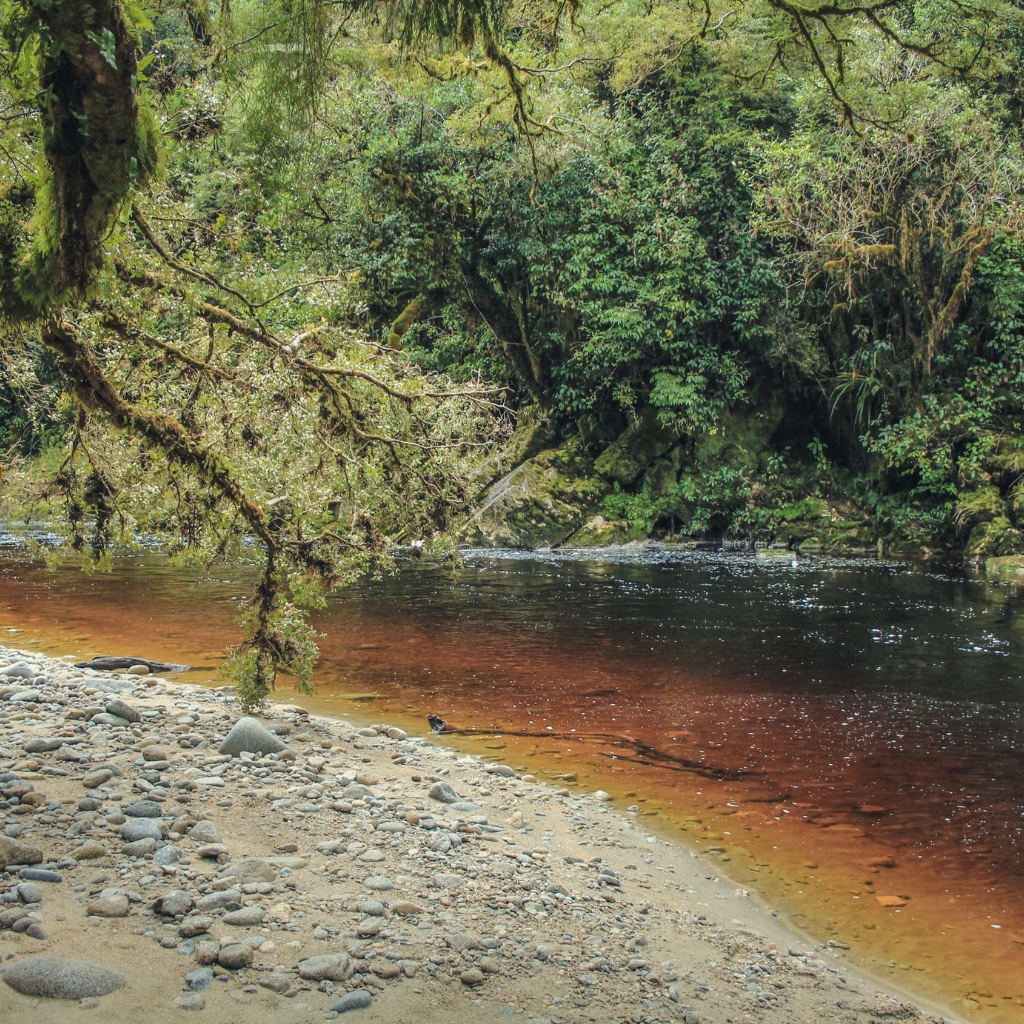
Wildlife encounters at Karamea.
Strolling through Karamea, I felt as if I had slipped into a secret world where nature converses in hushed tones. Native birds such as the weka and the kea called with me as I walked. A local guide informed me that this area has some of New Zealand’s rarest bird species—something that wildlife enthusiasts might find exciting. It was an honor to photograph these birds in their natural surroundings.
Honeycomb Hill Caves: The Mysterious Enigma.
My personal favorite cave had been Honeycomb Hill Caves—a spelunker’s dream. The caves resembled a natural cathedral covered with stalagmites and stalactites. A fellow traveler informed me that these caves hold paleontological treasures. I felt like I was in a living museum, checking out fossil remains etched into the walls.
Kayaking on the Karamea River.
Taking to the water, I kayaked down the serene Karamea River. The gentle flow of the river was ideal for a paddling novice like myself. I had been surrounded by birdsong and greenery, and I felt a peace I did not know I needed. The reflection of the sky off the water created the illusion that you were paddling through clouds.
A Taste of Local Cuisine.
Farm-to-table is more than a trend in Karamea; it’s a lifestyle. I had meals prepared using local ingredients; every dish was much more flavorful than the previous. I still dream about that seafood that was caught right off the coast that day. The local cafes offered a warm, inviting atmosphere, and I particularly recommend trying the locally produced honey—a sweet treat indeed.
Hiking the Heaphy Track.
The Heaphy Track presented a stunning opportunity to engage directly with Karamea’s natural wonders. I hiked along the varied trail and saw beaches, rainforests, and tussock downs. The scenery on the track was a visual feast. I remember one sunset that turned the skies purple and orange from a lookout point. That memory is in my heart.
Conservation efforts and sustainability.
Throughout my travels in the Oparara Basin and Karamea area, the commitment to conservation was apparent. I talked to locals who were extremely proud of their sustainability efforts to protect the natural beauty and biodiversity. They told tales of ecological initiatives that I found extremely inspiring and which I consider a fantastic example of responsible travel.
Useful Tips for Visiting Karamea and the Oparara Basin.
1. Layer up and bring waterproof gear because the weather could be unpredictable.
2. Remain on marked paths and do not disturb the natural habitat.
3. Pre-book guided tours to learn more about the area’s ecology and history.
4. Ensure to charge your camera batteries; you will not want to miss capturing the stunning landscape.
5. Expect poor cellular reception in remote locations—an opportunity to disconnect and enjoy nature.
Why is Karamea a special place in New Zealand?
Karamea has isolation, lush landscapes, and a tranquil atmosphere you will not find elsewhere in New Zealand. It’s the gateway to the Oparara Basin, in which visitors can discover otherworldly limestone arches and caves amidst pristine rainforests. It is also known for its rare bird species and native flora. This is an unspoiled paradise for those seeking adventure in addition to tranquility.
Can I go to the Oparara Arches by myself with no tour guide?
You can go explore the Oparara Arches on your own, of course. The tracks are marked and can be walked without a guide. However, for people looking for a far more in-depth look at the geology along with the flora and fauna of the area, a guided tour might be better. Make sure to remain on the paths to protect the delicate environment.
Accommodation in Karamea.
Karamea is off the beaten track, but there is a good selection of accommodation available. From cozy bed and breakfasts to eco-friendly lodges, there’s a place to suit every traveler’s needs. Bear in mind to book well in advance, particularly during the peak seasons, to secure your spot in this secluded hideaway.
Is the Oparara Basin suitable for family trips?
Family outings are possible at the Oparara Basin, with an assortment of activities for all ages. Family-friendly walking trails and natural wonders like the limestone caves and Honeycomb Hill caves will excite adults and children alike.
When is the best time to visit Karamea and Oparara Basin in the year?
The best months to visit are from late spring through early fall. It is generally milder during this period and is a good time to hike and explore. The shoulder seasons of spring and fall might also offer a far more secluded experience, as there are fewer visitors.
What wildlife has been discovered in the Oparara Basin?
Native birds of the Oparara Basin include the Great Spotted Kiwi and the Blue Duck, among other birds. Those who visit this rainforest might also see insects like the giant land snail, Powelliphanta.
Are there safety concerns?
Like any adventure in nature, you need to prepare beforehand. Wear suitable clothing, first-aid supplies, and food. Mobile reception is limited, so inform somebody about your plans. Track advice is always crucial, as the area can be slippery in wet conditions.
What are the must-see spots in the Oparara Basin?
Visit to look at the Oparara Arches and the Mirror Tarn, a clear lake reflected in the vegetation. The Honeycomb Hill Caves are also a highlight, with their spellbinding formations and ancient Moa bones. Each site offers a window into an ethereal and grounded prehistoric world.
How do I reduce my environmental impact when I visit?
Respect the natural environment; remain on designated tracks; take your trash with you; and don’t disturb or disturb wildlife and plant life.
What cultural sites or activities are there in Karamea?
Karamea has an extensive cultural tapestry with local Maori heritage woven into it. Guests can visit Marae, the Maori meeting ground, or even take a guided tour, which includes learning about local legends and history.
Final Thoughts on Karamea and the Oparara Basin.
I’ve been to Karamea/Oparara Basin and have seen some of the natural beauty and stillness this area is offering. It’s a haven for lovers of the great outdoors and wilderness encounters. I recommend this journey to anyone who would like to connect with nature, take time to reflect on solitude, or just go on an adventure not seen before. However, we must tread lightly so as to safeguard this treasure for future generations to enjoy and discover. Remember, our footprints should be kind in these sacred places.

